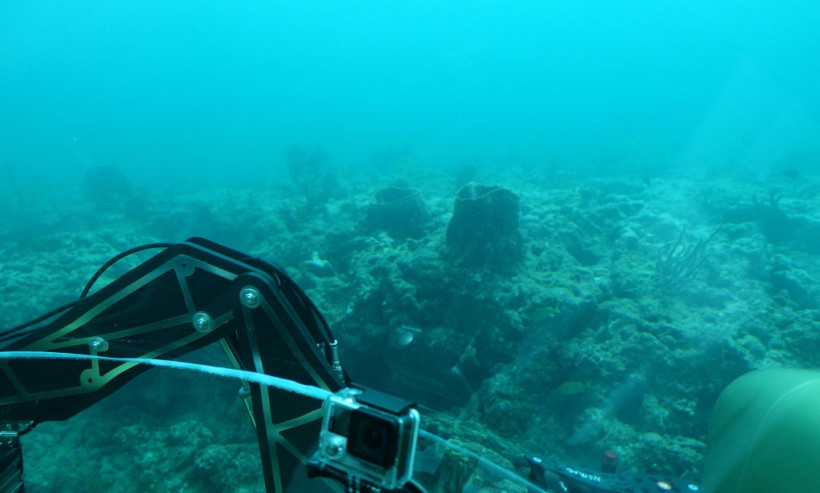PortMiami is the busiest cruise port in the world, but it is also a major source of environmental damage to the coral reefs that surround it.
A recent report from the National Oceanic and Atmospheric Administration (NOAA) revealed that the dredging project that took place between 2013 and 2015 to deepen the port killed 278 acres of coral, far more than the 3.3 acres that were initially estimated.
The report also raised concerns about the potential impacts of future dredging projects on the already fragile reef ecosystem.
How dredging affects coral reefs
 (Photo : KERRY SHERIDAN/AFP via Getty Images)
(Photo : KERRY SHERIDAN/AFP via Getty Images)

Dredging is the process of removing sediment and rock from the bottom of a water body to create more depth for ships.
It is often done to improve navigation, access, or trade-in ports and harbors. However, dredging can also have negative effects on the marine environment, especially on coral reefs.
Coral reefs are complex structures that are built by colonies of tiny animals called corals.
Corals need clear, warm, and shallow water to survive and grow.
They also depend on symbiotic algae called zooxanthellae that live in their tissues and provide them with energy through photosynthesis.
Dredging can harm coral reefs in various ways, such as:
Physical damage
Dredging can break, crush, or dislodge corals from their substrate, causing injuries or mortality.
Sedimentation
Dredging can stir up sediment and dirt that can smother or bury corals, reducing their access to light and oxygen.
Turbidity
Dredging can increase the cloudiness or murkiness of the water, reducing the visibility and quality of light for corals and their symbiotic algae.
Contamination
Dredging can release pollutants or toxins that can affect the health or function of corals and their symbiotic algae.
These effects can reduce the growth, reproduction, diversity, and resilience of coral reefs, making them more vulnerable to other threats such as disease, bleaching, storms, or climate change.
Also Read: US' Only Barrier Reef Severely Damaged by Million Dollar Miami Port Dredging Project
How to reduce the impacts of dredging on coral reefs
The NOAA report's findings have sparked outrage and criticism from environmental groups, scientists, and citizens who have been advocating for the protection of coral reefs in South Florida.
They have also called for accountability and responsibility from the agencies and entities involved in the dredging project, such as the U.S. Army Corps of Engineers, Miami-Dade County, and PortMiami.
Some of the actions that have been proposed or taken to reduce the impacts of dredging on coral reefs include:
Mitigation
This involves compensating for the damage caused by dredging by restoring or enhancing coral habitats elsewhere.
For example, Miami Waterkeeper, a nonprofit organization that sued over the PortMiami dredging project, successfully got 10,000 corals replanted to replace some of the corals that were killed by dredging.
Monitoring
This involves measuring and evaluating the effects of dredging on coral reefs before, during, and after the project.
For example, NOAA conducted a comprehensive assessment of the PortMiami dredging project using satellite data, field surveys, and statistical models.
Regulation
This involves setting and enforcing standards and guidelines for dredging projects to minimize or avoid harm to coral reefs.
For example, some permits require dredging operators to use acoustic deterrent devices or observers to detect and avoid marine mammals near the dredging site.
Innovation
This involves developing and applying alternative methods or technologies for dredging that are less invasive or noisy.
For example, some researchers have suggested using water jets or suction devices instead of mechanical cutters or excavators for dredging.
However, these actions are not always effective or sufficient to prevent harm to coral reefs.
There is still a need for more research and innovation to find better ways of exploring and exploiting the ocean floor without destroying its biodiversity and ecosystem services.
There is also a need for more collaboration and communication among stakeholders, such as industry, government, academia, and civil society, to find solutions that balance the economic benefits and environmental costs of dredging.
Related article: Florida Fails to Respond to Epizootic Coral Disease: What Happened?
© 2024 NatureWorldNews.com All rights reserved. Do not reproduce without permission.





